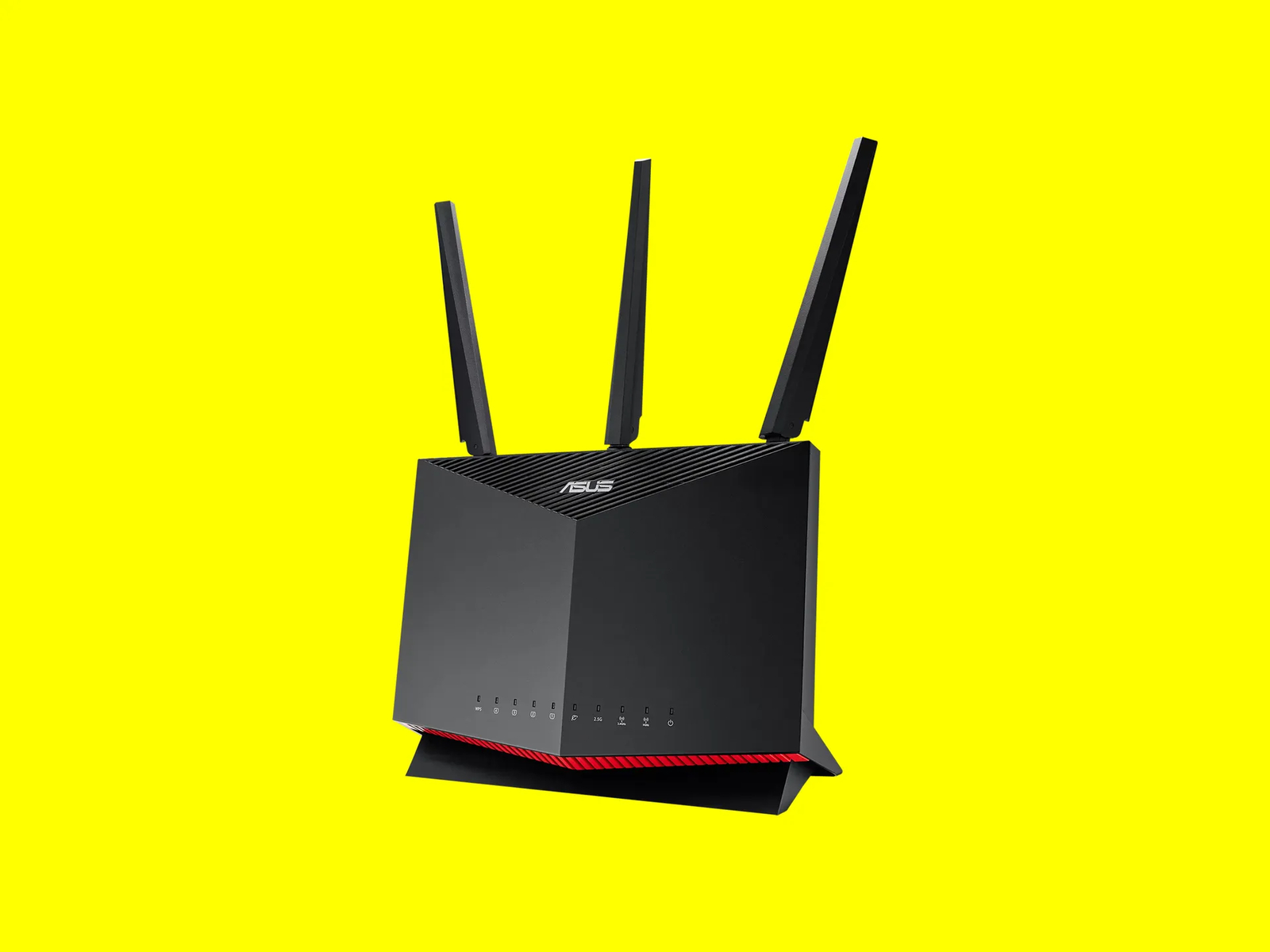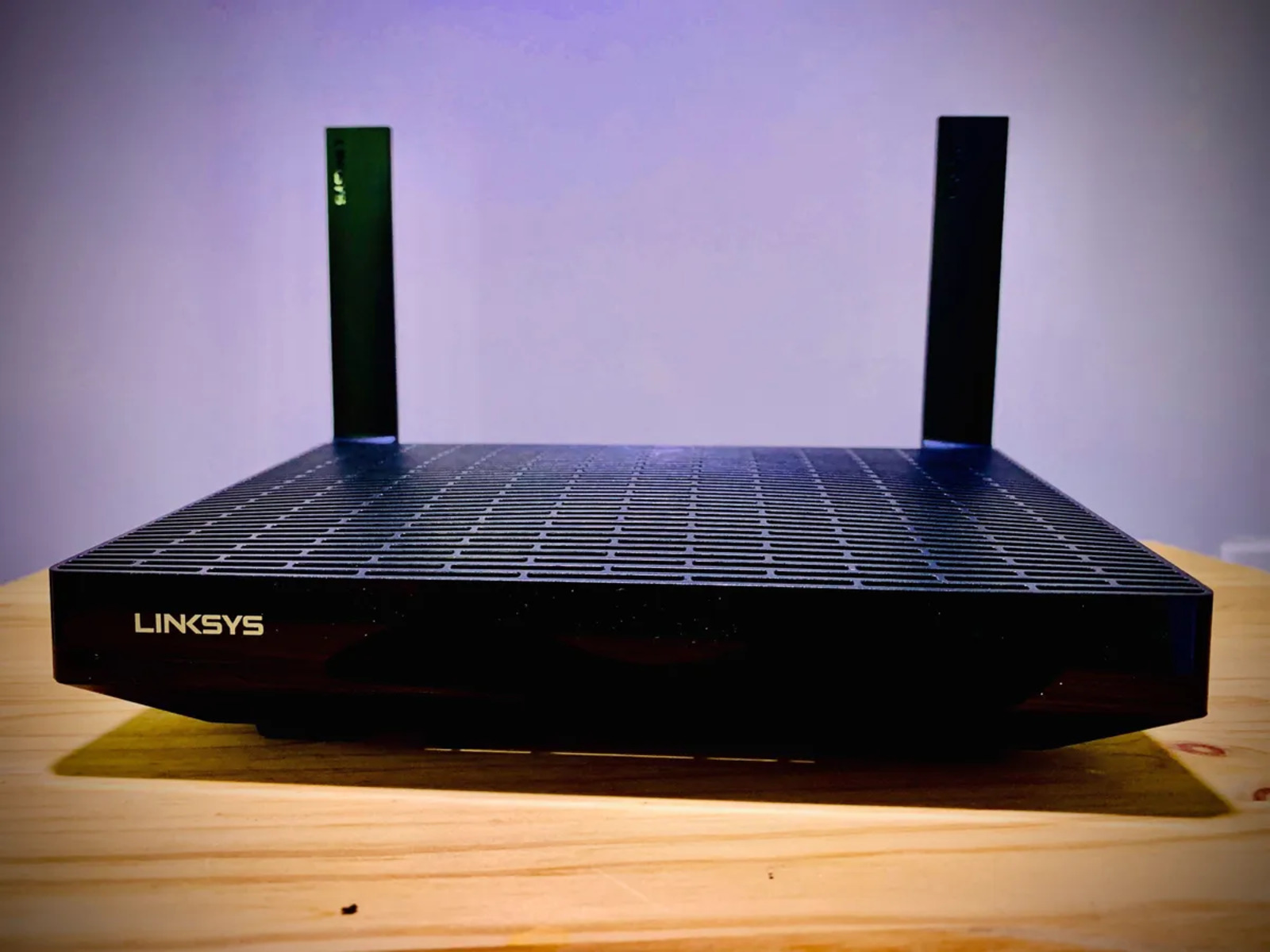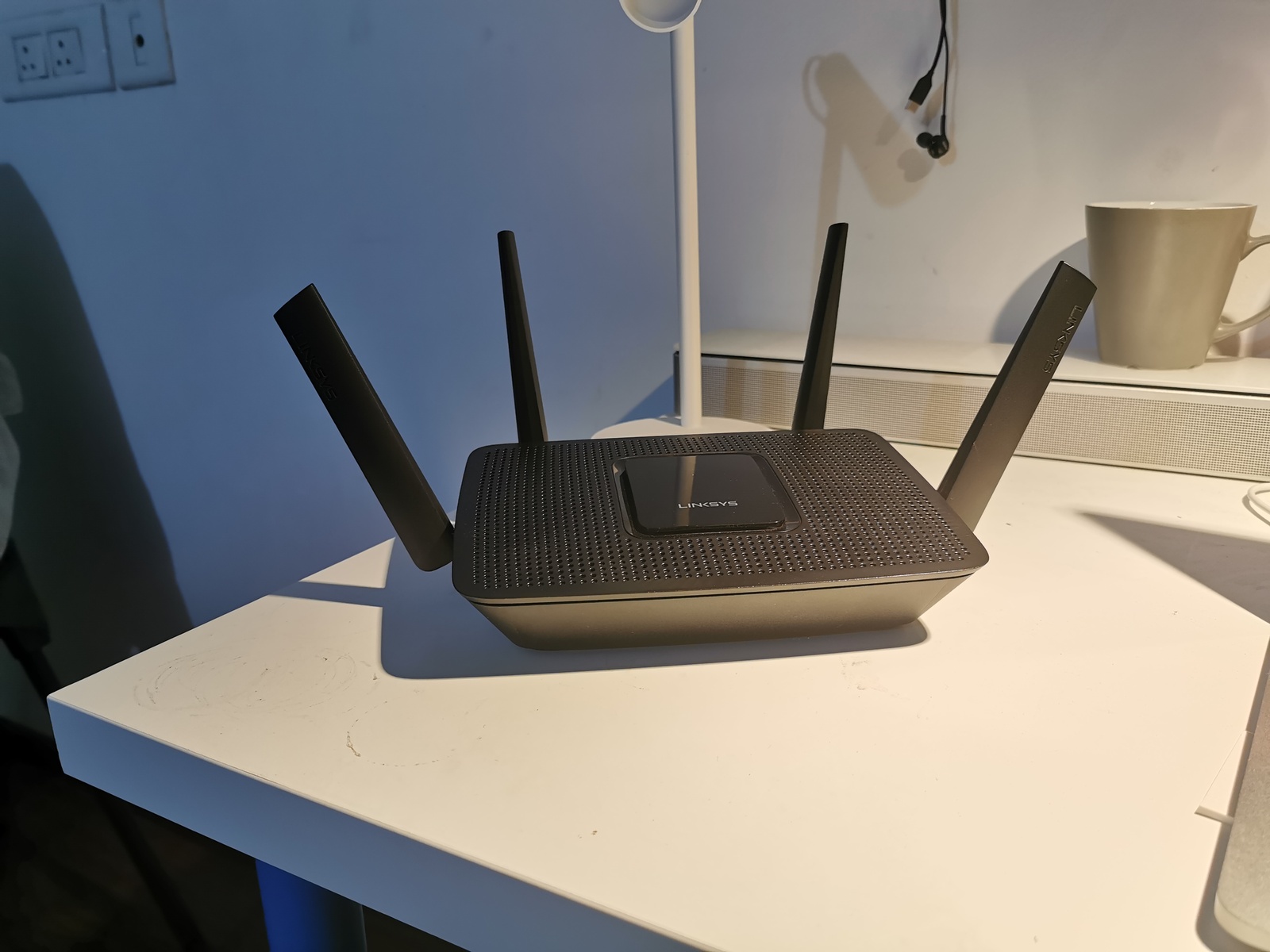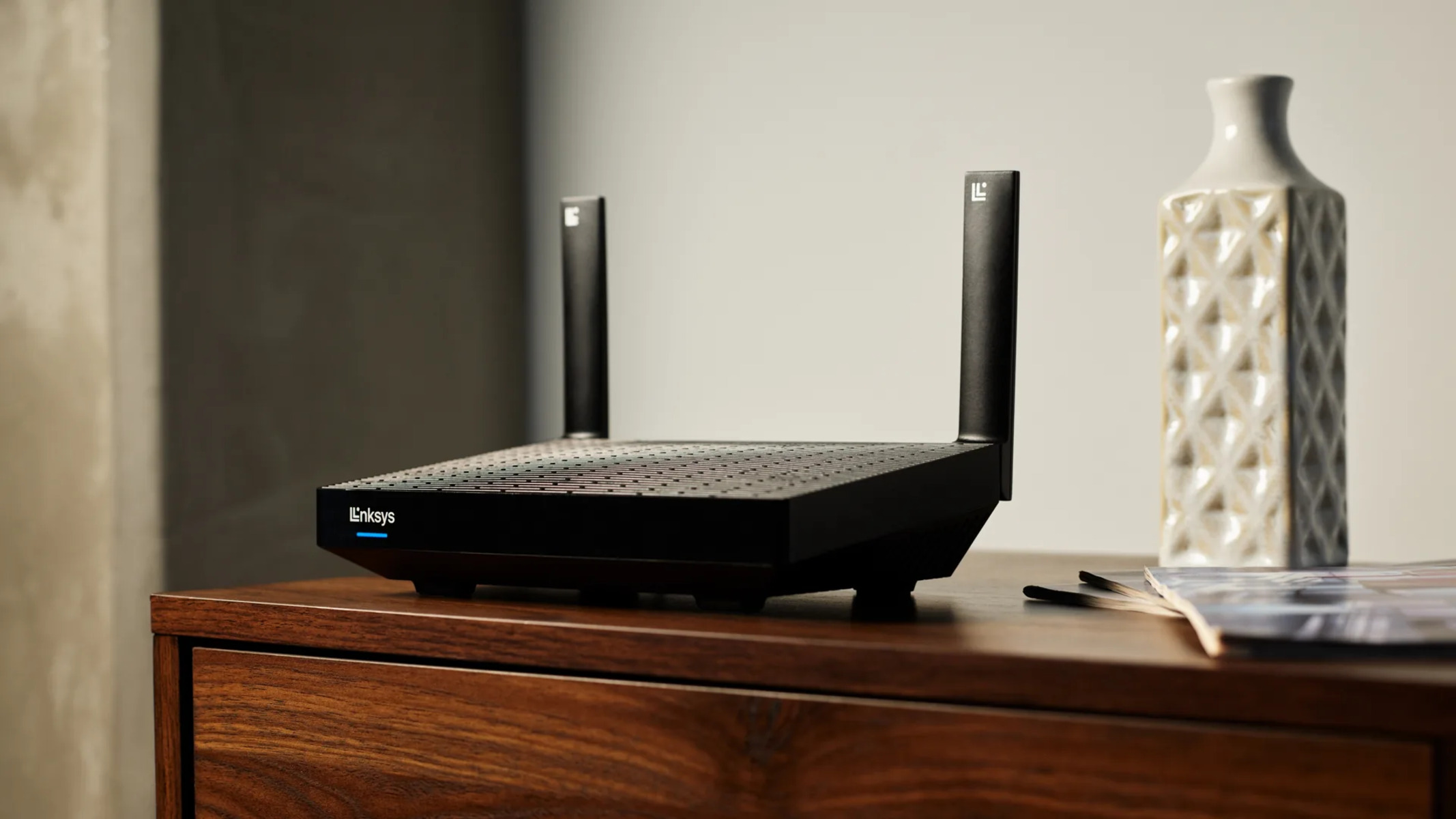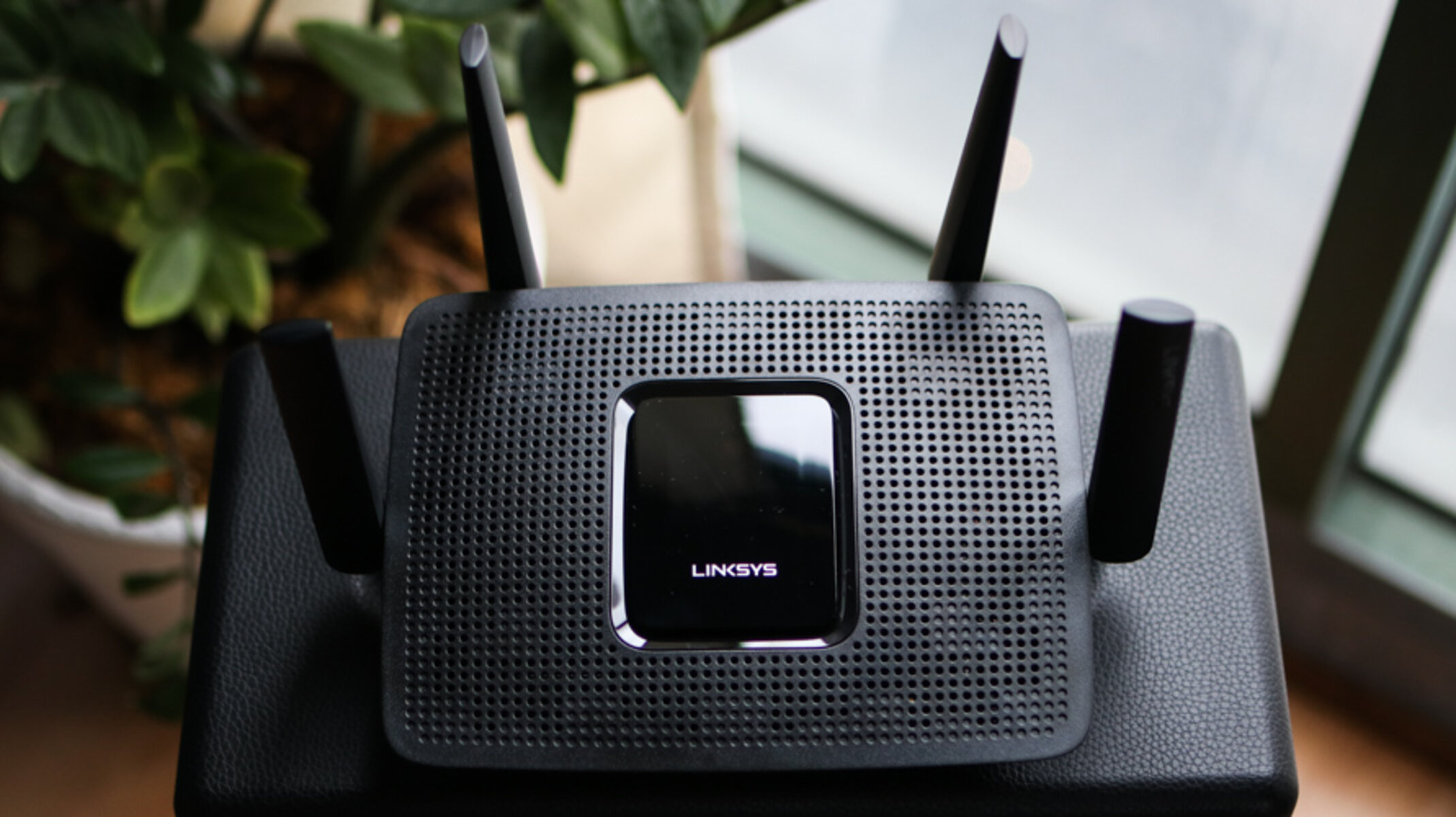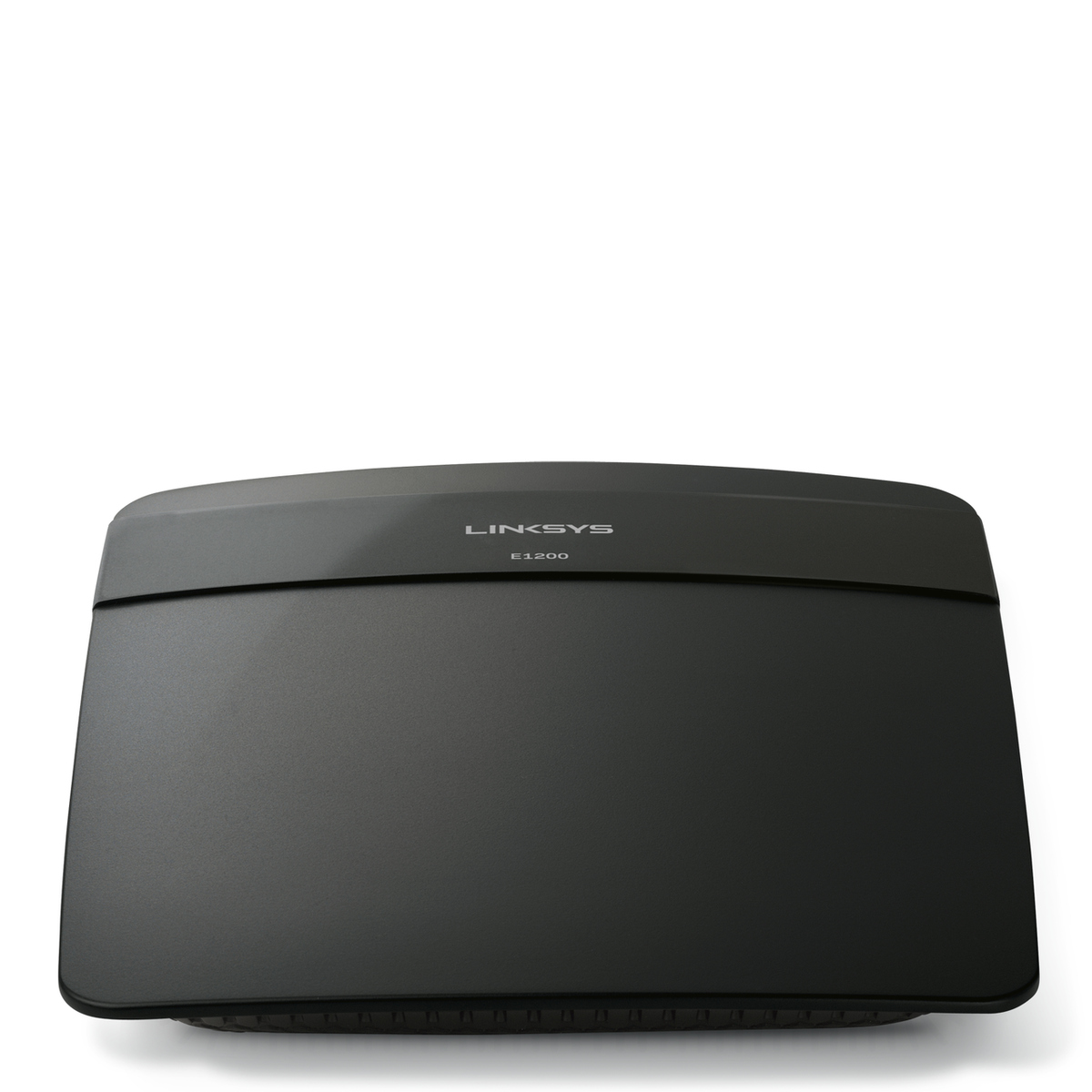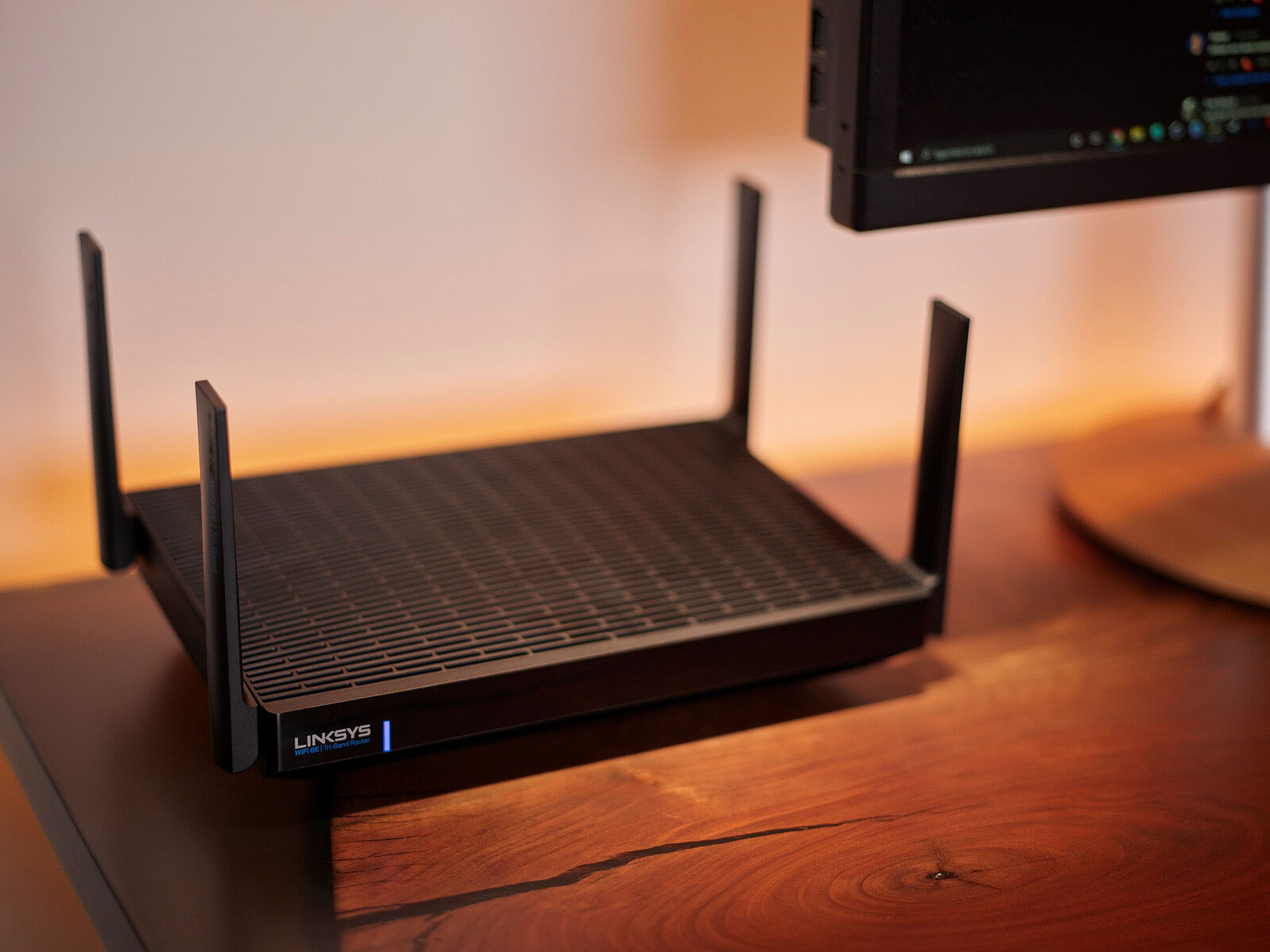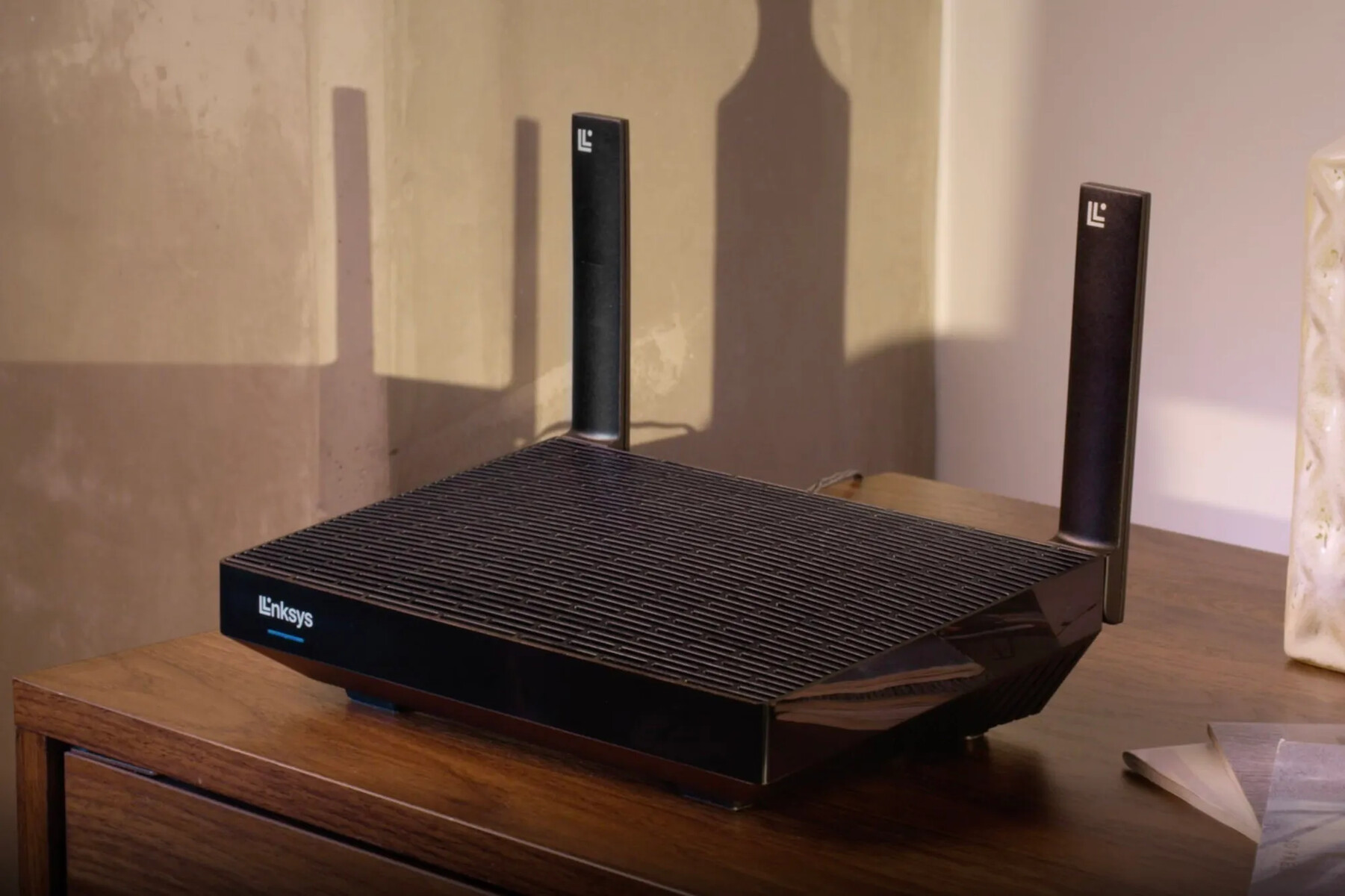Introduction
Welcome to this step-by-step guide on how to log into your Linksys wireless router. Linksys routers are popular for their reliability and ease of use, making them a preferred choice for both home and business networks. Whether you want to change the router settings, update the firmware, or troubleshoot any issues, accessing the router’s web-based setup page is the first step.
Before we dive into the login process, it’s essential to ensure that you are connected to the Linksys router. Make sure your device is connected to the router either via a wired Ethernet connection or through a Wi-Fi network. Once you’re connected, you can proceed with logging into the router to access its configuration settings.
In this guide, we will walk you through the entire process of logging into your Linksys wireless router. We’ll cover all the necessary steps, including how to open a web browser, access the router’s web-based setup page, and log in to the router using the default credentials.
It’s worth mentioning that the login process may vary slightly depending on the specific Linksys router model you own. However, the basic steps outlined here will still apply. If you encounter any difficulties during the login process, refer to the router’s documentation or visit the Linksys support website for further assistance.
Now that we have set the stage, let’s move on to the first step of connecting to the Linksys router.
Step 1: Connect to the Linksys Router
The first step in logging into your Linksys wireless router is to connect to the router’s network. This can be done either through a wired Ethernet connection or by connecting to the router’s Wi-Fi network.
If you opt for a wired connection, simply plug one end of an Ethernet cable into your computer’s Ethernet port and the other end into any of the Ethernet ports on the back of the Linksys router. This establishes a direct connection between your computer and the router.
If you prefer to connect wirelessly, ensure that your computer’s Wi-Fi is enabled. Look for the Wi-Fi network name (SSID) on the back or bottom of your Linksys router. It is usually a combination of the manufacturer’s name and model number. On your computer or mobile device, locate the Wi-Fi settings and search for the network name. Once found, select the network and enter the Wi-Fi password if prompted.
After connecting to the Linksys router’s network, you are now ready to proceed to the next step of logging in to the router’s web-based setup page.
Step 2: Open a Web Browser
Once you have successfully connected to the Linksys router’s network, the next step is to open a web browser. You can use any web browser of your choice, such as Google Chrome, Mozilla Firefox, Safari, or Microsoft Edge.
To launch the web browser on your computer or mobile device, simply locate the browser icon on your desktop or in your applications folder and double-click on it. Alternatively, you can use the search function on your device to find the browser quickly.
After opening the web browser, ensure that you have a stable internet connection. You can verify this by loading a website or performing a quick search. If the internet is working correctly, move on to the next step.
It is important to note that the Linksys router’s web-based setup page can only be accessed through a web browser. Avoid using applications or platforms like social media or email clients to access the router’s settings as it may not be possible.
Now that you have your web browser open and a stable internet connection, it’s time to move on to the next step and access the Linksys router’s web-based setup page.
Step 3: Access the Router’s Web-Based Setup Page
With the web browser opened, it’s now time to access the web-based setup page of your Linksys router. This page allows you to configure various settings and customize your router’s behavior according to your needs.
To access the router’s web-based setup page, you need to enter its IP address in the address bar of the web browser. The default IP address for most Linksys routers is 192.168.1.1. However, some models may have a different default IP address, so be sure to consult your router’s documentation or visit the Linksys support website to confirm the correct IP address for your specific model.
Once you have determined the correct IP address, type it into the address bar of your web browser and press Enter. The browser will attempt to establish a connection to the router’s setup page.
If the connection is successful, you should see the login page of your Linksys router. This page requires you to enter a username and password to log in. By default, many Linksys routers use “admin” as both the username and password. However, it is highly recommended to change the default login credentials for security reasons.
If you have changed the router’s default username and password and cannot remember them, you may need to perform a factory reset on the router to restore it to its default settings. Refer to the router’s documentation or visit the Linksys support website for instructions on how to perform a factory reset.
Once you have successfully accessed the web-based setup page of your Linksys router, you can move on to the next step: logging into the router.
Step 4: Login to the Router
After accessing the web-based setup page of your Linksys router, the next step is to log in with your username and password. This step ensures that only authorized users have access to the router’s settings and configuration options.
On the login page, enter the username and password that you have set for your router. If you haven’t changed the default login credentials, the default username is often “admin” and the default password is either blank or “admin” as well. However, it is crucial to change these default credentials for improved security. If you have forgotten your login information, you may need to reset the router to its factory default settings by following the instructions provided in the router’s documentation or on the Linksys support website.
Once you have entered your username and password, click the “Login” or “Submit” button to proceed. If the credentials are correct, you will gain access to the router’s management interface. Here, you can configure various settings, such as network name (SSID), password, parental controls, port forwarding, and much more. Explore the different sections and options available to make adjustments and customize your network to suit your needs.
It is important to note that if you are logging into the router for the first time or after a reset, you may be prompted to set up a new password and security settings. Follow the on-screen instructions to complete the setup process.
Remember to keep your login information secure and avoid using easily guessable passwords. A strong password with a combination of uppercase and lowercase letters, numbers, and special characters is highly recommended.
Once you have successfully logged into your Linksys router, you can proceed to configure the desired settings and make any necessary adjustments to suit your network requirements.
Step 5: Configure Router Settings
Now that you have logged into your Linksys router’s management interface, you can start configuring various settings to personalize and optimize your network.
Here are some key settings that you may want to consider:
- Network Name (SSID): The network name (SSID) is the name that appears when devices search for available Wi-Fi networks. You can change it to a unique and easily recognizable name.
- Wireless Security: Enable a strong encryption method, such as WPA2-PSK, to secure your wireless network. Create a robust password that is challenging to guess.
- Guest Network: If you want to provide guests with internet access while keeping your main network secure, set up a separate guest network with its own password.
- Parental Controls: Control what content can be accessed by devices connected to your network. Create rules to limit access to specific websites or set time restrictions.
- Port Forwarding: If you need to allow external devices to access services hosted within your network, you can set up port forwarding rules to route incoming traffic to specific devices.
- Quality of Service (QoS): Prioritize certain types of internet traffic, such as video streaming or online gaming, to ensure a smooth and uninterrupted experience.
- Firmware Updates: Regularly check for firmware updates for your router and install them when available. Firmware updates often include bug fixes, security enhancements, and new features.
While these are some common settings, your Linksys router’s management interface may offer additional options depending on the model and firmware version. Take the time to explore the different sections and familiarize yourself with the available settings.
Remember to save your configurations after making any changes. This will ensure that the settings take effect and are persistent even after restarting the router.
Keep in mind that any changes you make in the router’s configuration interface can impact the network’s performance and functionality. Make adjustments carefully and consult the router’s documentation or the Linksys support website if you are unsure about any specific settings.
Once you have configured your desired settings, you can proceed to the final step of saving and exiting the router’s configuration page.
Step 6: Save and Exit the Router’s Configuration Page
After configuring the desired settings in your Linksys router’s management interface, the final step is to save your changes and properly exit the configuration page.
Before saving, double-check all the settings you have modified or adjusted to ensure they are configured correctly. Pay attention to details such as network name (SSID), wireless security, guest network settings, parental controls, port forwarding rules, and quality of service (QoS) settings.
Once you have verified and confirmed your settings, look for the “Save” or “Apply” button within the router’s configuration interface. Clicking this button will save your changes and apply them to the router. It is essential to wait patiently as the router applies the new configurations, as this process may take a few moments.
After saving the changes, it is recommended to restart the router to ensure that the new settings take effect. This can usually be done by navigating to the router’s administration or system settings and selecting the restart or reboot option. It’s worth noting that restarting the router may temporarily disconnect your devices from the network, so consider the timing carefully.
Once the router has rebooted, you have successfully saved and applied your configurations. You can now exit the router’s configuration page by simply closing the web browser or navigating to a different website.
Keep in mind that you may need to log back into the router’s configuration page in the future to make additional changes or adjustments. Therefore, it’s a good idea to bookmark the router’s IP address or add it to your web browser’s favorites for easy access.
Congratulations! You have successfully logged into your Linksys wireless router, configured the necessary settings, and saved your changes. Your router is now set up to provide a secure and personalized network experience tailored to your needs.
Conclusion
Logging into your Linksys wireless router is a straightforward process that allows you to access the router’s web-based setup page and configure various settings to customize your network. By following the steps outlined in this guide, you can successfully log into your router and make the necessary adjustments to enhance your network’s performance and security.
Remember to connect to the Linksys router’s network, open a web browser, and access the router’s web-based setup page using the correct IP address. Then, log in with your username and password to gain access to the router’s management interface. From there, you can configure settings like network name (SSID), wireless security, guest network, parental controls, port forwarding, and quality of service (QoS).
It is crucial to keep your login information secure and change the default credentials to protect your router from unauthorized access. Regularly check for firmware updates and install them to benefit from the latest enhancements and security patches.
By properly configuring your Linksys router, you can create a reliable and secure network tailored to your needs. Enjoy the benefits of a fast and stable internet connection, personalized settings, and enhanced security for your devices and data.
If you encounter any issues during the login process or while configuring settings, consult the router’s documentation or visit the Linksys support website for additional assistance and troubleshooting guidance.
Now that you have the knowledge and tools to log into your Linksys wireless router, feel empowered to take control of your network and optimize it according to your preferences. Get started and enjoy a seamless and secure internet experience!







